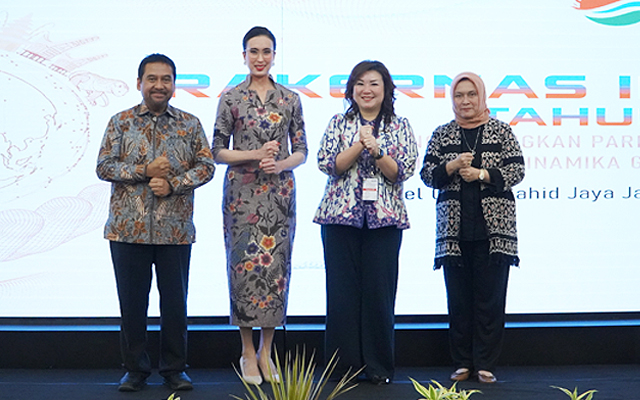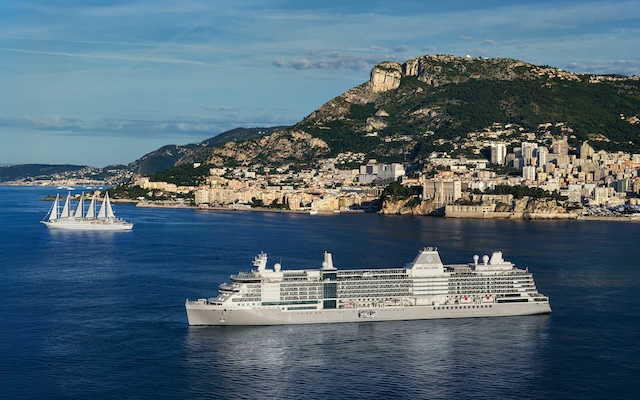
Hotel revenue, attraction visitor numbers, and reported sales across travel and hospitality services have taken a tumble in the first half of 2025, according the Indonesia Tourism Industry Association (GIPI), whose chief has claimed that it has been a “tough period for the industry”.
GIPI noted that hotel revenue had slipped between 30 and 40 per cent in 1H2025 while visitor numbers to popular attractions like Ancol Dreamland (also known as Dunia Fantasi), the largest theme park in Jakarta, have reported a drop of 15 per cent. Airlines, spas, and other leisure services have also reported weaker sales amid softer domestic spending and tighter government budgets.

Haryadi Sukamdani, GIPI chairman, told the media during the recent GIPI National Coordination Meeting in Jakarta that regulatory challenges add to the industry’s pressure. Such challenges include unlicensed operators, such as illegal villas and uncertified travel agencies, tour restrictions, and inaccurate enforcement of policies.
Haryadi said a recent crackdown on illegal villas in Puncak, West Java also implicated fully licensed businesses, including the US$50 million Eiger Adventure Land eco-tourism project and several registered hotels, over alleged environmental violations.
“After a business has gone through the licensing process, it can be disruptive when new questions arise over environmental or zoning requirements. If licensed operators face shutdowns while unlicensed ones continue, it shows that rules are not always applied evenly,” Haryadi explained, noting that such situations will fuel investor uncertainty.
To address Indonesia’s tourism challenges, GIPI is outlining a series of targeted initiatives, with the second edition of the Wonderful Indonesia Tourism Fair (WITF) in Jakarta, from October 9 to 12, 2025 at its core. This year, WITF will introduce a consumer show alongside its B2B sessions.
Budi Tirtawisata, chair of the WITF organising committee, said the four-day event would connect 200 to 250 international buyers with 250 to 300 sellers, while the consumer show aims to encourage travellers to buy packaged experiences.
“We hope it will unlock new business opportunities and boost domestic travel bookings,” said Budi.
GIPI will also take its marketing push overseas with the Discovering the Magnificence of Indonesia (DMI) exhibition in Amsterdam, to be held from October 30 to November 2, 2025.
“If WITF is about bringing the world to Jakarta, then DMI is about taking Indonesia directly to our European markets,” said Haryadi.
At the same time, GIPI is focusing on special interest tourism to diversify offerings. It will launch the Nusantara Trail programme for adventure travellers, with curated trekking, cycling, and nature itineraries available across Java, Sumatra, and Sulawesi.
The GIPI Cup youth football tournament is aimed at stimulating family travel, with events rotating among secondary cities to distribute tourism benefits beyond established gateways.
GIPI is also pursuing B2B opportunities with credit card issuers, offering bundled promotions to boost sales of hotels and tour packages.
To maximise these initiatives, GIPI is collaborating with AirAsia to promote regional links such as Bangkok–Kuala Lumpur–Yogyakarta, while exploring new routes like Bangkok–Kertajati (West Java) and Kuala Lumpur–Semarang.
“Without the air links, even the best product will not convert into arrivals,” Haryadi stressed.
He added that new routes aim to open destinations beyond Bali and Jakarta, giving regional cities a direct share of inbound visitors.


















